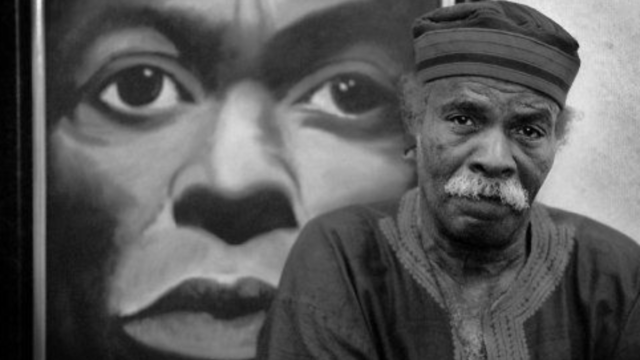
By Norma Adams-Wade
Last week we talked about the life-changing convergence that unassuming late Dallas artist Walter Winn Jr. experienced when he was picked to sculpt the Dr. Martin Luther King Jr. statue in Dallas. That 7-1/2-ft-tall creation –that stands in front of the Martin Luther King Jr. Community Center on Martin Luther King Jr. Blvd. – is one of about 50 or more King memorial art pieces around the world, including in Bosnia, Sweden, Hungary, South Africa, India, and more.
Winn Jr. is relatively little-known, although his sculpture is a familiar fixture on the King Jr. Center grounds. Winn Jr. deserves to be remembered. So, let’s continue with his life highlights.
The late Frances Hill Burns, who rose from a secretary to community relations director over her 17 years at the King Jr. Center, advocated for Winn Jr., her former schoolmate, to do the statue. The community knew of his inborn artistic talent that compelled him to draw and paint memorable artwork. Winn had sometime earlier painted an impressive portrait of his hero Dr. King Jr. that hung in the King Center lobby. (It was later stolen and never recovered.) Winn Jr. was reluctant in that he had never sculpted, though he had always drawn and painted incredible portraits and scenes. He finally submitted a scale model to the King Jr. Center board and was commissioned to do the job.
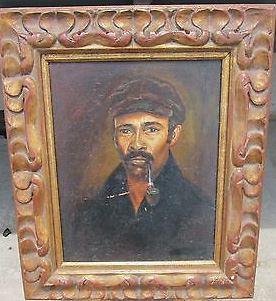
Winn Jr. was a typical “starving artist” and had supported himself through various jobs, including boxing and dancing, but mainly put food on his table as a jazz drummer playing gigs with various musical groups in Dallas and other cities. As I said last week, he was very unpretentious, often disheveled, down-to-earth, easy to talk to, but self-critical of his work.
As a reporter for a major Dallas daily at the time, I kept in touch with Winn Jr. as he worked on the statue. Through many conversations, I listened to him lament his agony as he stumbled through the sculpting learning process. In one conversation, he was exasperated after working on the figures all day, only to have it crumble in pieces onto his floor.
Winn Jr. said the following when I interviewed him for a Dallas Morning News article that ran January 16, 1976 – the day after a Dr. King Jr. birthday observance at the King Jr. Center:
“Man, was I discouraged. I couldn’t sleep. I was working on it all day, every day and it seemed the people with the answers didn’t want to help me.”
He visited the library to research sculpting. He also asked some schools to instruct him in how to build an armature base for the piece. They wanted to enroll him in art class.
“I explained I was born with what they wanted to teach me,” Winn Jr. said. “I just wanted to know how to build an armature.”
Despite the setbacks, he still was driven. He voiced his resentment later when a skilled, African-American sculptor – Oscar Graves of Detroit — was brought in to assist him in the final stages of the process. Graves transported the clay figure that Winn Jr. had painstakingly fashioned to his Detroit studio, cast it for bronzing at a foundry there, and got it back to Texas for the July 4, 1976 unveiling on the Bicentennial marking the nation’s 200th Independence birthday.
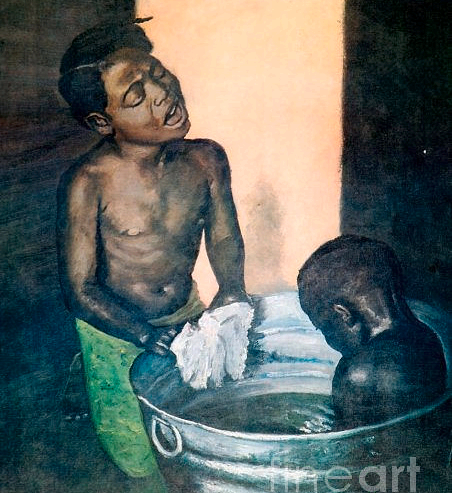
At that 1976 Dr. King Jr. birthday observance, Winn Jr. told some of the visitors, including a young child in the crowd, about his struggles as an artist and with the sculpture:
“I’ve slept in my car and owe everybody in town.,” he said. “But I’d donate the rest of my pay to see this project complete…I ain’t never had nothing noway.”
And to the young child he said: “But this work could help you live Dr. King’s dream.”
Winn was born in Greenville, hunt County, Texas on October 9, 1929 – the same year as his hero civil rights leader. The artist-drummer-sculptor died Aug. 15, 1996 at age 66 after a stroke. (Some media incorrectly state August 31, 1996.) Winn Jr. is buried at Lincoln Memorial Cemetery in Dallas. His four sons and one daughter surely must have been proud whenever they passed the statue. They are Walter Winn III, Derrick Winn, Stephen Winn, Tierre Winn, and daughter Denise Madkin all of Dallas.
The public will best honor Winn Jr. by remembering his name, life, talent, and achievements.
Norma Adams-Wade, is a proud Dallas native, University of Texas at Austin journalism graduate and retired Dallas Morning News senior staff writer. She is a founder of the National Association of Black Journalists and was its first southwest regional director. She became The News’ first Black full-time reporter in 1974. norma_adams_wade@yahoo.com

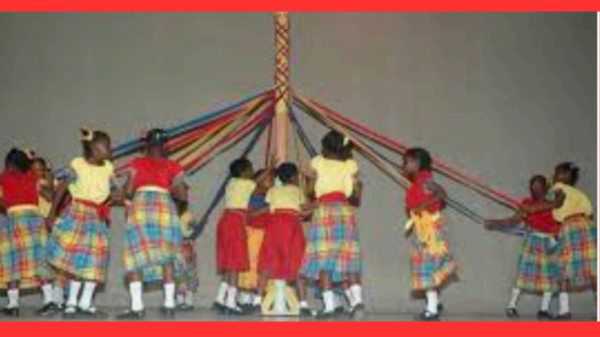

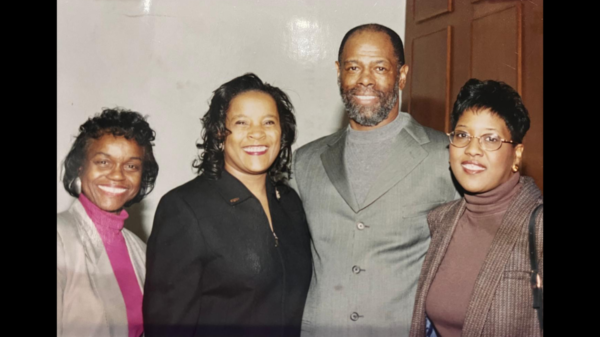





You must be logged in to post a comment Login